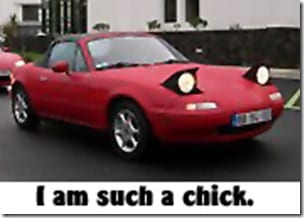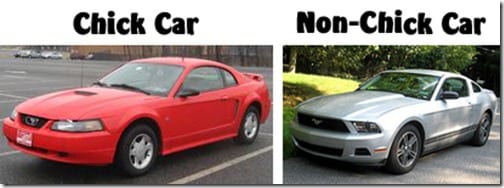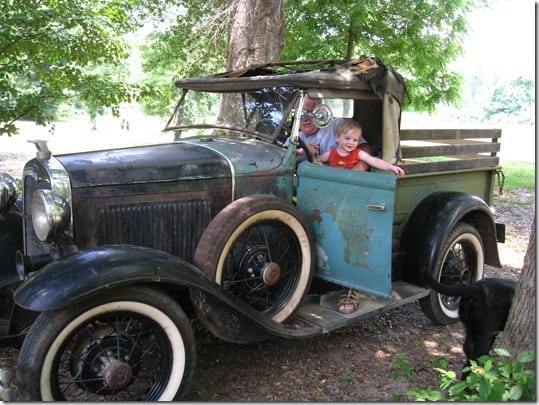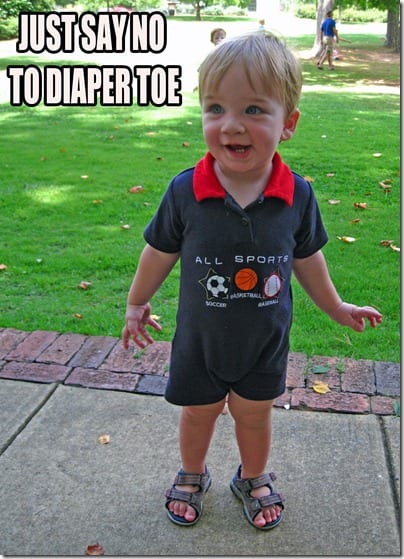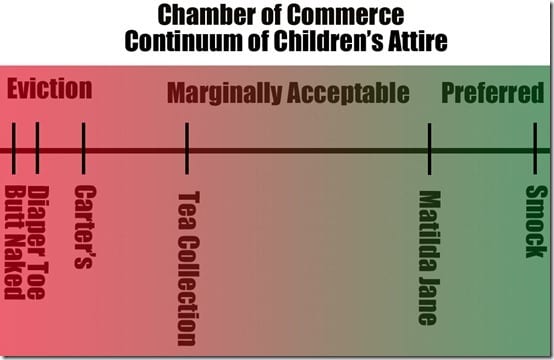So Hi!
Let me introduce myself. I’m Rachel, and this is my home.
I’ve had a few posts making the rounds on Pinterest and a few other places lately, and as a result, there are a bunch of new readers that have been hanging around.
And I always like to get to know new people, so today, I’m talkin’ to you.
The first thing you should know about me is that I adore interacting with my readers. I’ve read plenty of blogger’s “About Me” pages that have given some sort of apology with their email address such as, “Here’s my email address, but the chances of me having time to answer you are pretty much less than Conan and Leno joining forces and creating a collaborative show. So feel free to email me – if you like talking to an echoing cyberwall.”
I am the complete opposite.
I get ridiculously excited when I get an email from a reader, and I promise that I will respond within a day or three. If you don’t get a response, then either your email got stuck in my spam filter or my response got stuck in yours.
(Unless you’re the son of the President of Equatorial Guinea and are wanting me to help you smuggle your fortunes out of the country. Then I’m most likely not going to answer you.)
So if you ever have a question, comment, suggestion, funny photo, blog idea, or just want to say hey, please feel free to email me at graspingforobjectivity@gmail.com.
Also, about the comments.
Every time I visit a blog, I muse to myself, “I wonder how many comments it takes for them to know who I am?”
Around here, it’s 1 to 5.
If you tell me something unique and personal about you in your first comment, I’m likely to keep that framework in my mind and think fond thoughts about you often.
(Unless that unique and personal thing is that you hate me with every fiber of your being. I’ll still remember you, though – no worries about that one.)
If you comment more generically, I will categorize you as a distinct individual somewhere between your first and fifth comment. This has to do with how unique your name is.
If your name is Clarissa, I promise to remember you immediately.
Ooh! Or Tori.
But if your name is Rachel (people are attracted to like-named bloggers), Jennifer, or Julie, be patient. It might take me a minute longer to assign you an individual compartment in my brain.
I also try to reply to as many comments as possible, and do my darndest to visit my reader’s blogs, because I do this whole blogging thing for the relationships.
Have I mentioned that?
I really like you guys.
If you want to read some posts that further explain who I am and what I do at this blog, here are some suggestions.
~ I like turning subjective stuff into objective stuff:
Bathing Practices as Indicated in Children: A Scientific Study.
The Categories of Scream.
The Presidenim Election.
~ I like solving mysteries:
Dr. Pepper Ten: An Investigative Report.
Uncle Joe’s Tot Locker: An Investigative Report.
On Meeting the Party Friends.
~ I like finding new ways to explain life:
Parenting, 2.0.
Social Media Policy for Labor and Birth.
United Toddler’s Union, United Mommy’s Union, and Mommy Benefits Package.
~ I like capturing the chill-bump inspiring moments of life:
~ I don’t exactly mean to, but I have a way of telling my stories and, in the process, making giant corporations despise me.
The Chuck.
The Inconvenient Gap of Truth.
Can’t Buy Me Love.
Zulily. Really??
How it Feels to be Hated By a Celebrity.
…and perhaps make one or two happy every now and then.
Frequently Asked Idiocies
The Mommybloggermobile
~ I occasionally share some homeschooling and/or child-teaching tips:
Geography, Pre-K Style
Best Educational iPad/iPhone Apps
On Creating a Miniature Shopkeeper
Creatively Encouraging Reading and Writing
Geography Geektasticness
~ And even a craft project or two, this coming from a very uncrafty person:
Paint Chip Art
How to Make Word Search Gift Wrap
Framed
Tangled Birthday Party
~ And I like offering “helpful” tips for life:
Kiosk Warfare: A Guide for Survival.
Baby Tips.
A Shredded Diary.
The Decaffeination Report.
How to Act When They’re Expecting.
On How to Diaper a Newborn.
But seriously – enough about me.
Back to you.
If you’re new around here, or have just never properly introduced yourself, or if you’ve been around from the beginning but just want to tell me something new, it’s your turn to talk.
Say hey!
Tell me where you’re from!
Tell me something unique about you!
Ask me anything you’d like to know!
Snag your much-deserved compartment in my brain!
I look forward to getting to know all of you.



